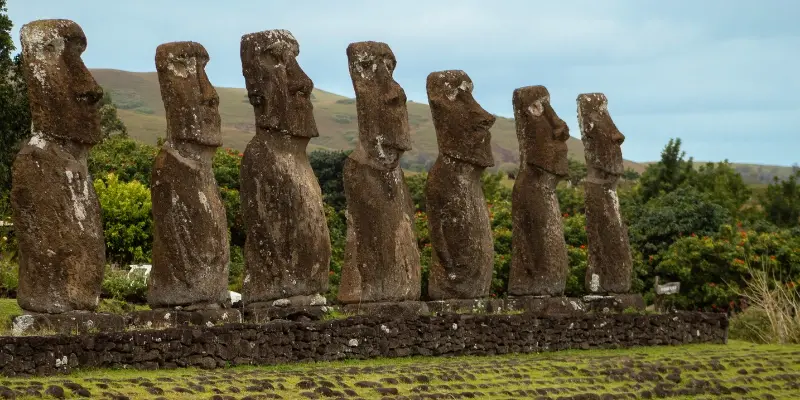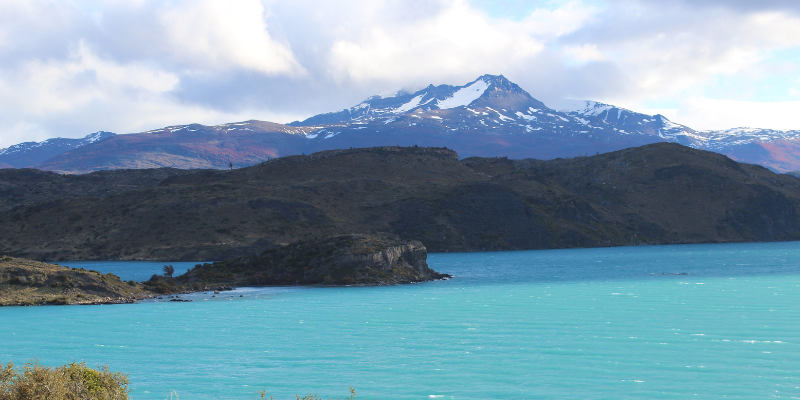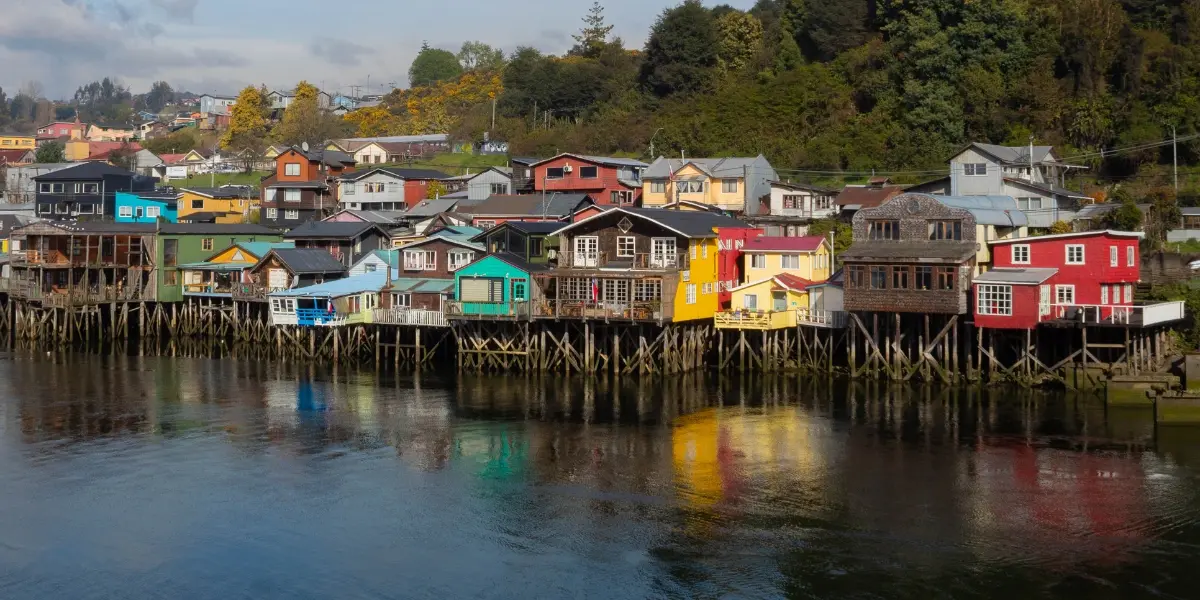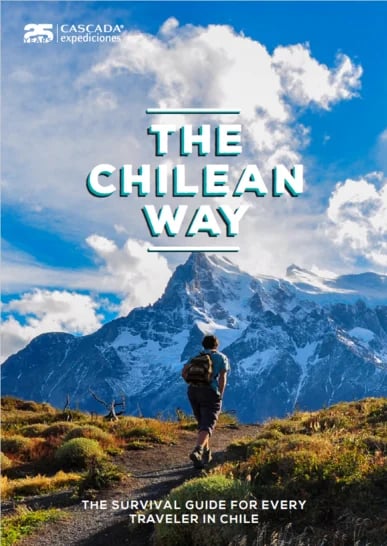If you travel to Chile, you can’t miss the north of the country, where one of the main attractions is the Atacama Desert and its one-of-a-kind landscapes. Camila and María Paz, from the operations team, together with Valentina from Cascada Expediciones’ sales team, visited the area and are sharing their impressions and recommendations.

The Atacama Desert
Located in northern Chile, the Atacama Desert is considered one of the driest places on Earth. Stretching for more than 1,000 kilometers / 621 miles, it amazes visitors with surreal landscapes: from vast salt flats and giant sand dunes to colorful rock formations and towering volcanoes.
If you visit the region, you can explore high-altitude lagoons, geysers, and valleys, as well as spot wildlife such as vicuñas and flamingos. And at night, there’s no better plan than stargazing: its clear skies make it a dream destination for astronomy.
The starting point is San Pedro de Atacama, a small town that serves as the gateway to the region. You can reach San Pedro from Calama, where the airport offers direct flights from Santiago. The distance between Calama and San Pedro is about 100 kilometers / 62 miles.

What did you think of the region?
Camila: “I really liked the region. I was impressed by the landscapes, how they were formed, and also the wildlife—for example, the flamingos and the way they migrate such long distances.
It was my second time visiting, but I think I enjoyed it more this time. I felt so small in front of nature. The universe is so immense, and the way everything has been created… it blows your mind.”
María Paz: “It’s such a beautiful and impressive landscape. Seeing the contrast between salt flats, lagoons, mountains, desert, volcanoes, snow, and dunes is unique. It feels like another planet, like Mars, or the movie Dune. And it’s very remote too; there’s nothing around.”
Valentina: “Another aspect that caught our attention is that San Pedro is considered the number-one romantic destination. And it truly is, there are many couples. The romantic side here comes from the magic of the place: the sunrises, sunsets, the stars, the moon… and also how you spend the day: riding bikes together, going out to eat, visiting the Valley of the Moon, doing an astronomy tour, and ending the night stargazing. All of those factors make the stay magical and, therefore, romantic.”
Speaking of stars, did you go on an astronomy tour?
Camila: “When I was there, it was almost a full moon. We couldn’t do the tour because the observatories weren’t operating, but we saw the stars from the hotel, and even with the naked eye they looked incredible. It’s impressive and it puts you in a state of introspection.”
María Paz: “Valentina and I did three tours with three different companies, and we really enjoyed them. The guides talk about the Andean worldview, ancestors, the stars, family culture… and they convey it excellently.”
Valentina: “Seeing the stars so clearly was very impressive. And accompanied by the guide’s explanation, it was intense. Personally, I was very moved; I cried and it touched me.”
María Paz: "About the guides: some aren’t originally from the area, but they have lived in Atacama for years. There is the ‘Atrapama’ effect (from the verb atrapar which means to catch or to capture), because the place captivates you. People come for a season, fall in love, and stay for years working because they are passionate about what they do. This shows in how they share information and helps you connect more with the region, because later you go home and share the same story with your family.”
What other activities did you do?
Camila: “I stayed for four days and did a half-day excursion to the Moon Valley, another to the Salar de Atacama, and a horseback ride in the Mars Valley. I enjoyed them all because each one shows different parts of the geological formation and helps you understand how San Pedro was formed.”
Valentina: “I stayed five days, and together with María Paz we did the astronomy tours. We also visited the Tatio Geysers, Machuca, Chaxa Lagoon, Toconao, Quebrada de Jerez, the Moon Valley, and Mars Valley.”
María Paz: “I stayed a bit longer after traveling with Valentina, a total of seven days. I also visited the Rainbow Valley, Cejar Lagoon, and Tebenquiche Lagoon with the Ojo del Salar.”

What did you think of the Moon Valley?
Camila: “We went with a guide who explained and told the history. It was very impressive. Now the paths are delimited, so you can only walk in certain areas; before, you could go anywhere. We liked it a lot, we could see how the sand shone because of the mix of salt and minerals.”
María Paz: “We also visited the Moon Valley, and geologically, I found it the most interesting place. Understanding the desert’s history over millions of years and how these salt mountains are formed: the effect of erosion, the passage of time, and the impact of wind and rain.”
Valentina: “Yes, it’s very interesting. In many places we had the ‘wow’ effect. When you think of the desert, you imagine complete dryness, and suddenly you see a lagoon in the middle of nowhere, like Chaxa Lagoon. It’s fascinating. The guide explained that the proximity of the Andes allows water to accumulate in underground layers.”
Camila, what did you think of the Salar de Atacama and the horseback ride?
Camila: “At the Salar de Atacama, we saw flamingos and the sunset with fascinating colors. We did a walk, visited the small museum, and learned about the three types of flamingos, their migration process, and how they feed. At 6 PM. it was sunset; we could see the sun going down and how the mountain’s colors changed from violet to blue. I really liked it."
The horseback ride started at 9 AM from the hotel, and we returned around lunchtime. It was easy; no experience was needed. They gave us helmets for protection, and I recommend bringing sunglasses so the sand doesn’t bother you.”

Valentina and María Paz, which places do you recommend?
Valentina: “I really liked the geysers, especially when they explain how they’re formed. The guide’s story makes a difference because you can ask questions and understand it more deeply.
But no matter what you do, it will impress you: you go around a volcano, see a salt flat, a lagoon, snow… and sometimes all at the same time.”
María Paz: “Tebenquiche Lagoon and the Ojo del Salar also delighted me. Water in the middle of the desert. And the silence is striking, a place for contemplation. There’s also a sign about extremophile organisms, which is very interesting from a scientific and geological perspective.”
Did you see any animals?
Valentina y María Paz: “Yes, many: vicuñas, viscachas, a culpeo fox, three types of flamingos (Chilean, Andean, and James’ flamingo), Fabian’s lizard, llamas, and guanacos, as well as the puna plover.”

How was the weather?
Camila: “I was there in early June and the highs were around 22 °C / 72 °F. We had sun and some clouds, but it wasn’t extremely hot. You can wear light pants and a short-sleeve shirt. As it gets dark, around six, the temperature drops quickly. I recommend bringing a jacket and a wool hat.”
María Paz: “We went in July, winter. It was cold at night and in the mornings, for example during the astronomy tours. Temperatures dropped to -11 °C /12 °F, very freezing. But it’s a good season for stargazing.”
Valentina: “At the geysers, which are 4,200 m / 13,780 ft above sea level, we saw people in shorts while I had five layers of clothing. But during the day the temperature rose, and we could bike comfortably with sunscreen on.”
Did you experience altitude sickness?
Camila: “I didn’t prepare much because we didn’t go too high during the excursions I did. I only felt a little discomfort on the road from Calama to San Pedro, nothing serious.”
Valentina y María Paz: “We didn’t feel sick, but we followed the recommendations: drink plenty of water, avoid heavy meals, alcohol, or caffeine the night before. We also drank coca tea and moved slowly around the geysers.”

Any tips for future travelers?
Camila: “Bring warm clothes, sunscreen, sunglasses, and binoculars. If you have more than four days, stay longer to explore properly. And most importantly: stay hydrated, enjoy your stay, and come with an open mind.”
María Paz: “Yes, wear layers. Also, bring moisturizer and lip balm because the skin gets very dry. And cash, to buy things at the artisan markets.”
Anything else to share?
Valentina: “A negative aspect is the trash in the desert. We even saw a couch on the road from Calama. It surprised us a lot, and a guide explained that sometimes truck drivers throw things away. It’s a shame because it affects the wildlife.
Something positive, although on a different note, is that the tourist sites are managed by local people from the Atacameña culture, who protect their land. The National Forest Corporation (CONAF), a governmental organization that manages many national parks in Chile, works alongside the locals, unlike other places where they control everything. This way, entrance revenues are shared for the benefit of local communities.”
Some last and brief questions…
Any interesting information from the guides?
The desert is full of stories about the first people who lived there and their lifestyles, having little or nothing to survive on. This gives meaning to what today we see as stone and mud ruins.
One item you wish you had brought?
Binoculars, as they are very helpful for observing the different wildlife along the way.
Favorite landscape?
Salar de Atacama: seeing Chaxa Lagoon, the mountains, and the colors (Camila) - The road to the Tatio Geysers and the small town of Machuca (Valentina)
Thank you for sharing your experiences, Camila, María Paz and Valentina!
Would you like to explore Atacama? Discover our programs.

